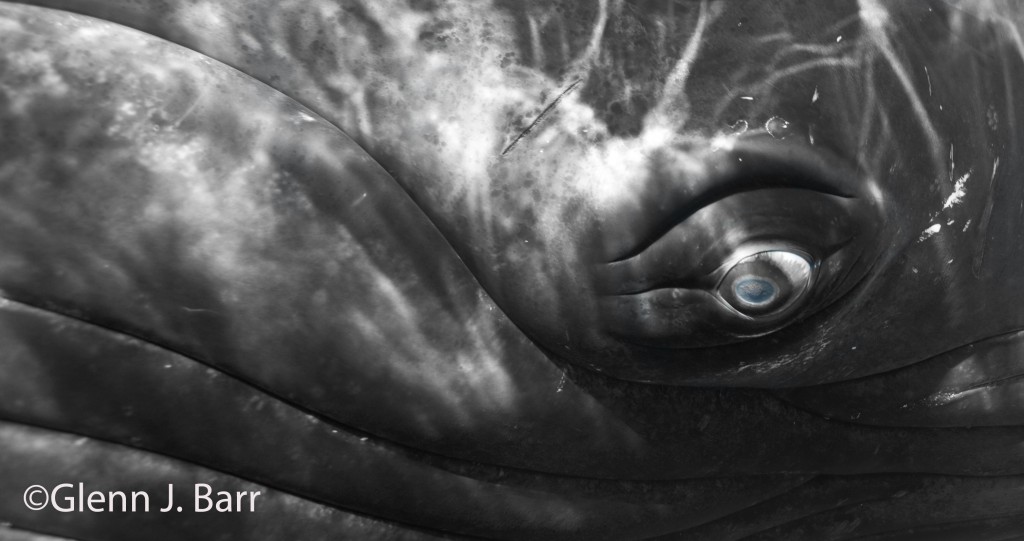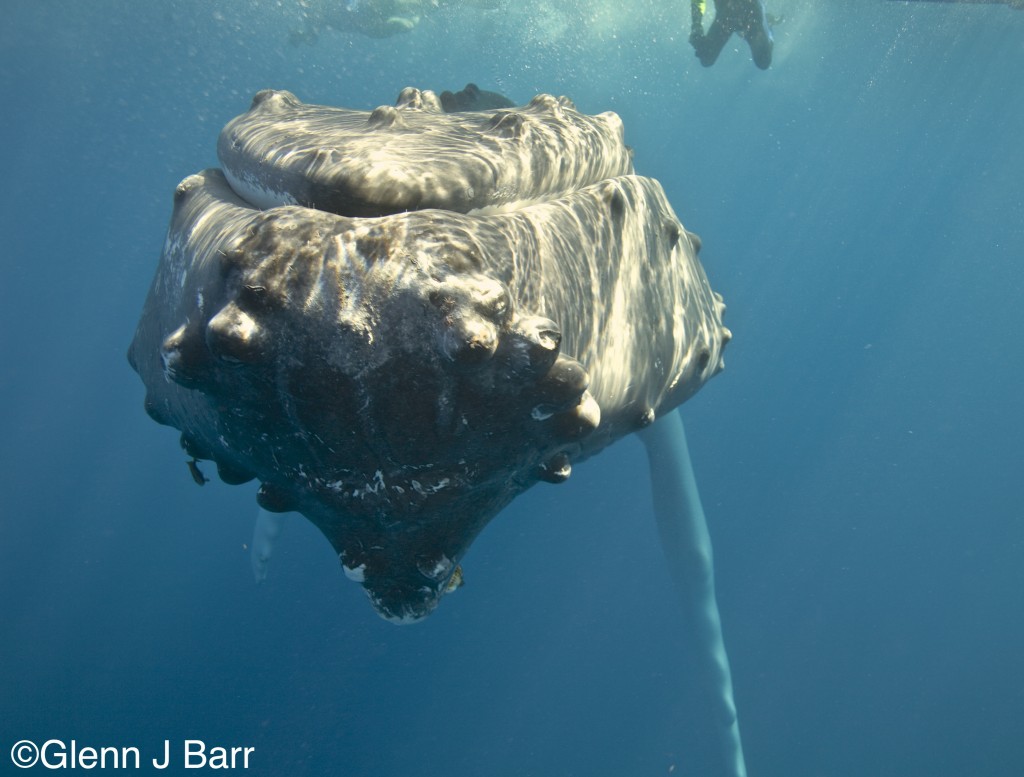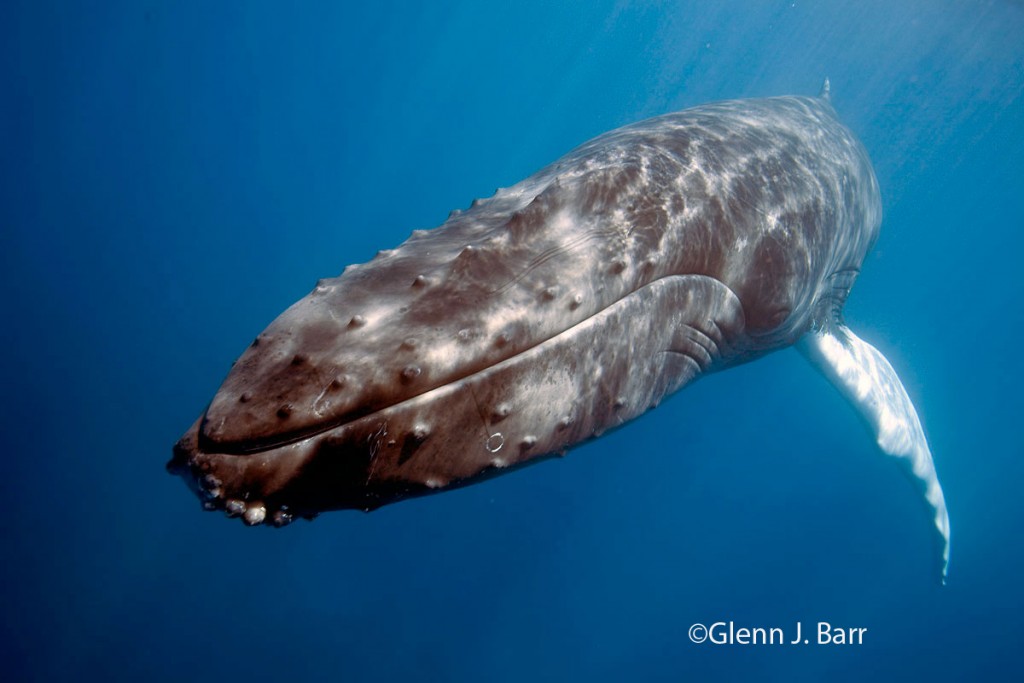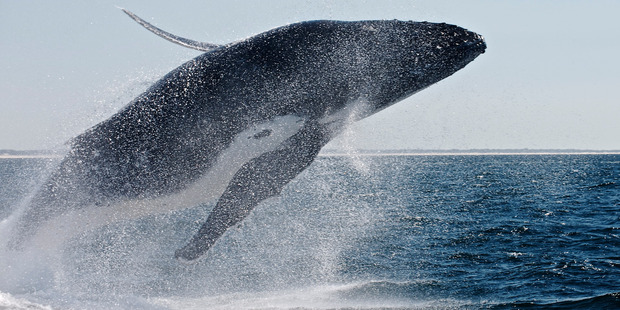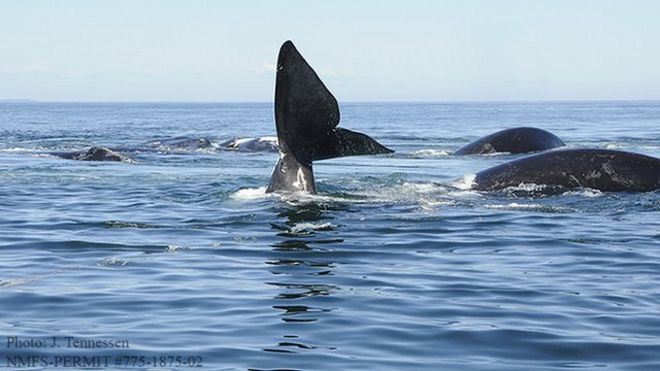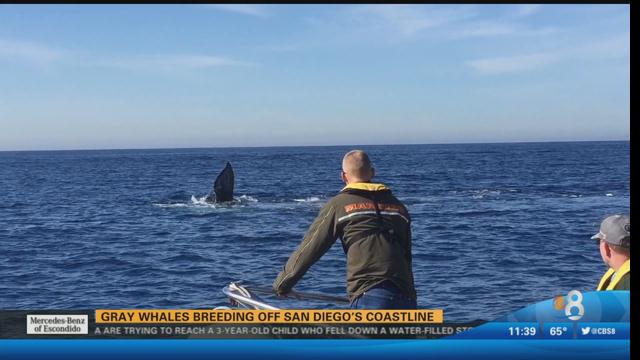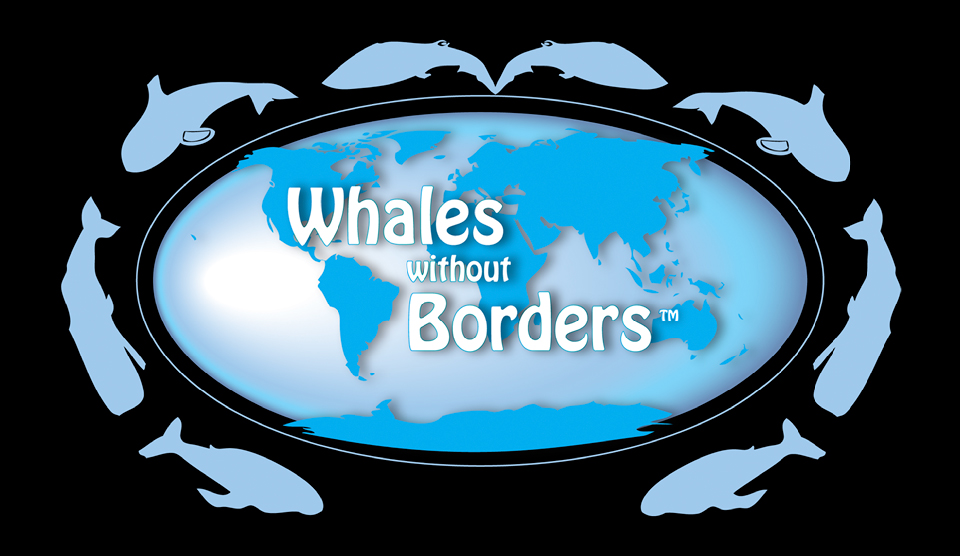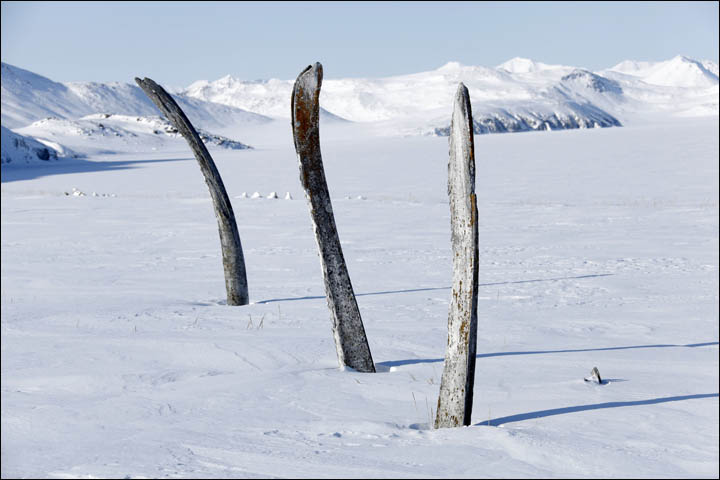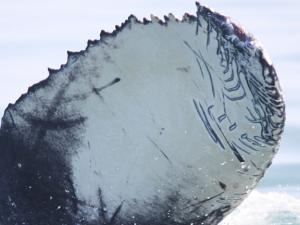
By the 1960s, humpback whales and other whale species had been hunted extensively, sometimes to the point of near extinction. Then a recording of humpback whale songs helped shift public opinion on the hunting of all whale species.
Luis Robayo/AFP/Getty Images
Recordings of Humpback Whale Songs That Made Waves: The Songs That Saved The Whales.
Great Recording of Humpback Whale Songs that are worth listening to…
By the 1960s, humpback whales and other whale species had been hunted extensively, sometimes to the point of near extinction. Then a recording of humpback whale songs that made waves helped shift public opinion on the hunting of all whale species.
In the mid-20th century, whale populations were dwindling. More than 50,000 whales were killed each year by commercial whalers.
But then in the 1960s, a song ??? or rather, many songs ??? sparked a movement.
It started with some underwater equipment that, for the first time, captured the sound of humpback whales.
Composer-Poets
At his home in Vermont, biologist Roger Payne plays the audio that was discovered back then. He points out themes in the whales’ song, and how they evolve over time.
This was a startling discovery. If an animal repeats a sound, like a bird or a cricket, then it’s technically a song. This, however, was arguably the most complex song of any animal.
On her 1970 album Whales and Nightingales, Collins included the song “Farewell to Tarwathie” ??? an adaptation of a traditional whaling song, featuring actual whales in the background.
Read More and Listen to Whale Songs
